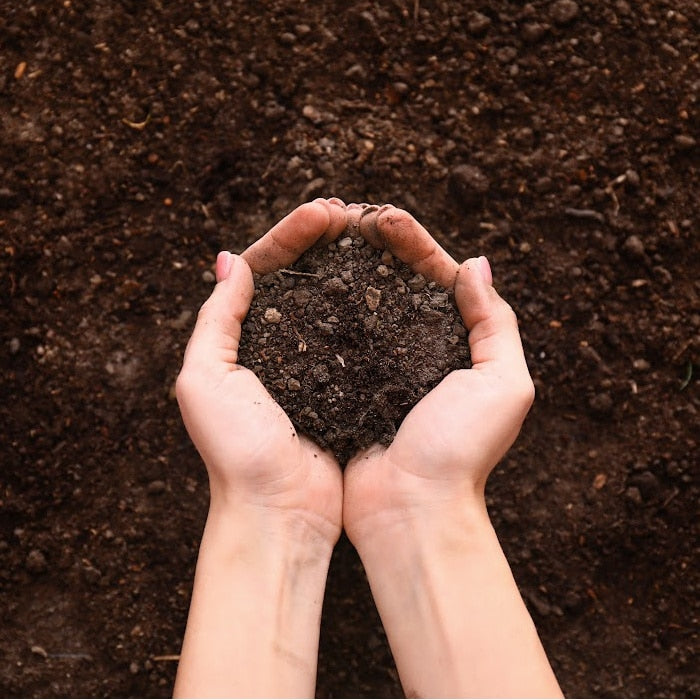Why do we have Paulownia sawdust?
The main byproduct of our wooden surfboard production is Paulownia sawdust, a mixture of fine dust to larger dust particles. This dust is created by the sharp cutting tools in our CNC machines as well as the abrasive in our sanding equipment. This dust is sucked up by our dust extractors which deposit it in steel drums allowing us to empty and move it around. The use of dust extraction enables us to keep our factory clean as well as keeping airborne dust to a minimum.
You can ready more about why we use Paulownia for our surfboards here:
https://sinesurf.com/blogs/news/paulownia
Why is composting important?
Composting, especially on a large scale, plays a crucial role in environmental sustainability. It reduces the quantity of waste going into landfill, it reduces methane/greenhouse gas emissions, improves soil health and helps reduce the use of chemical fertilisers among others.
Why is Paulownia sawdust great for compost?
1. Great Carbon Source
Paulownia, being a low-density timber, produces lightweight and dry sawdust and shavings. Sawdust has a high carbon content, and in the world of compost is classified as a “brown” material.
The high carbon content in the sawdust means that it can balance out a large amount of nitrogen-rich “green” materials( examples of these include leaves, grass clippings and food waste etc.)
2. Moisture Regulator
Sawdust has excellent absorption properties helping it to regulate moisture levels within the compost pile.
Ideal moisture content for compost is around 40-60%, and while the dust is dry when it is combined with the “green” materials, it quickly absorbs rain water and excess liquid from decomposition of the other materials.
3. Pile Aerator
Sawdust provides good aeration and airflow to compost piles. Aeration increases the rate of decomposition of organic materials, this is especially important in a production context.
How do we compost our Paulownia sawdust?
We experiment on a small scale with composting, we do not currently have enough “green” waste or space to be able to set up our own large scale end to end composting facility - though it's definitely something that we will look at as our production grows.
We work with a local soil and compost manufacturer which has a large amount of nitrogen rich green waste that they need carbon rich material for - our clean sawdust integrates well into their existing production which is a win-win situation for both parties. We are able to reduce our disposal costs while putting our waste to work, helping to decrease methane emissions from green waste disposal among other benefits.

